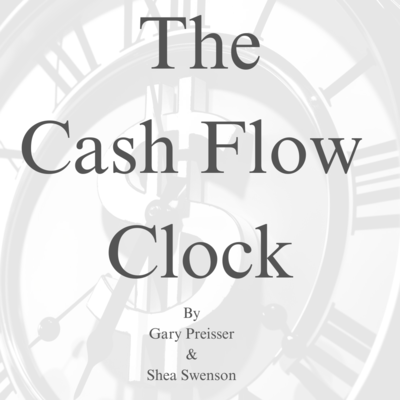The Cash Flow Clock: For Retirees - Book - Page 51

The Cash Flow Clock
The Four Pillars of Financial Services
There are four main sections, or Pillars, within the financial services
industry– Banks, Securities, Insurance, and Real Estate. Each has different
products, different regulations, different philosophies, different licensing,
and different methods of marketing to and servicing clients.
Financial planning should consider aspects of each Pillar: banking
instruments (checking, savings, CDs, etc.), securities (stocks, bonds, mutual
funds, ETFs, etc.), insurance investments (annuities and cash value life
insurance), and real estate (primary residence and income/investment
properties).
Bankers recommend banking products to fit all your financial needs.
Investment advisors believe securities are the only way to go. Insurance
agents are convinced that insurance products are the best option for every
situation. Realtors are all about real estate.
Not only do each of these professionals tout their own products
(understandably), but they also criticize and disparage every other product as
being inferior and flawed.
In reality, every financial product is flawed in some way. There is no single
perfect financial solution for any situation. Every product, every strategy,
and every decision that we make (or can make) has pros and cons, positives
and negatives, benefits and drawbacks. Lazy Money gives us liquidity but
loses to inflation. Safe Money maintains our portfolio value but doesn’t
grow it. Risky Money can significantly grow our assets but can’t be relied
on for income. There is always a tradeoff.
Our financial plan should include the best products from each of the Pillars.
The way in which we use each of them will vary and change according to
our personal financial needs. But we certainly cannot limit ourselves to
products within just one of these Pillars. We must find the best tool for the
job, i.e., the best investment for our time horizon as determined by the Cash
Flow Clock, regardless of which Pillar provides it.
47